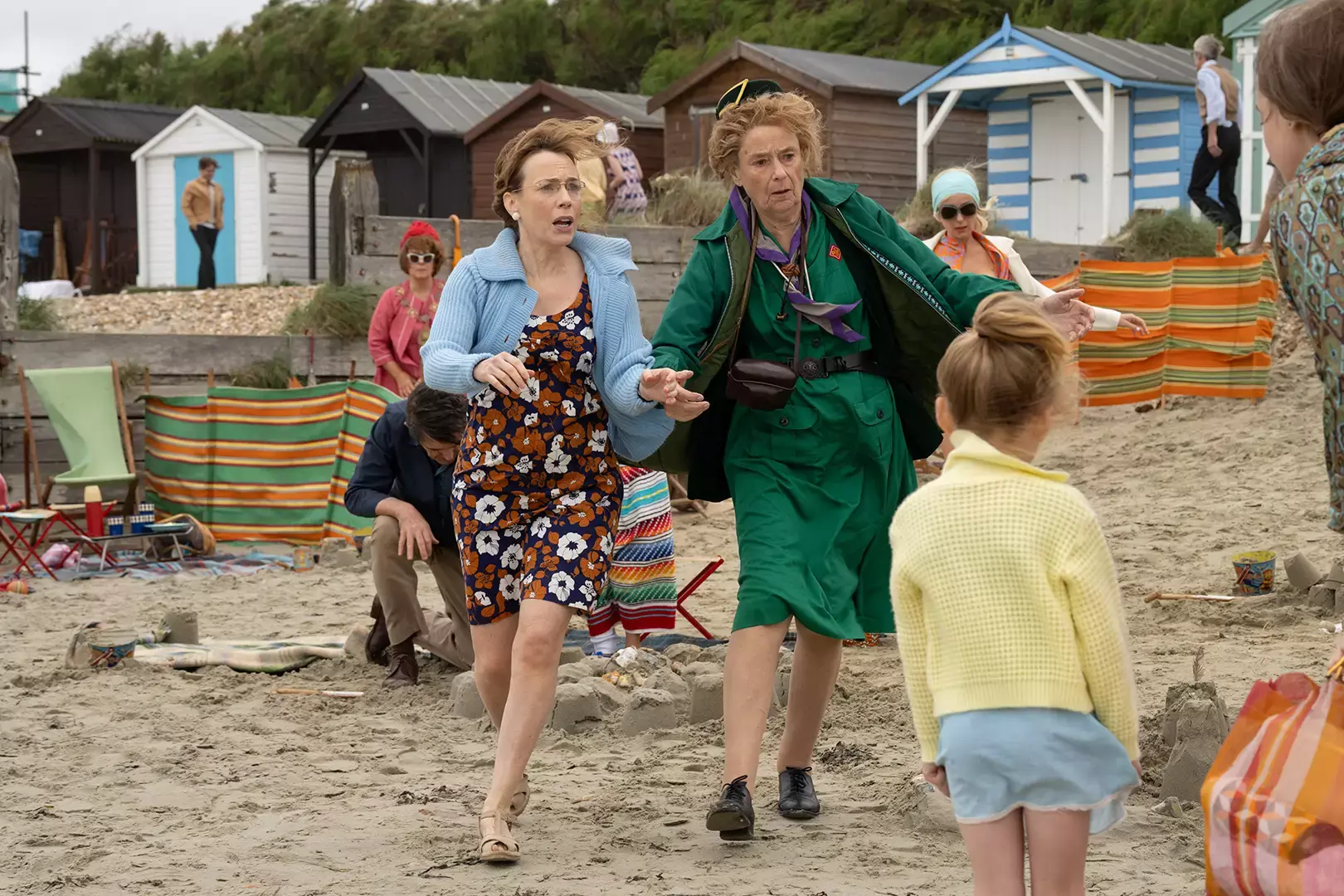Warning: the following contains discussion of child drowning.
Sally is not only my nurse colleague, she is also my friend and a midwife client. It is a profound compliment when those who witness your care firsthand choose to be cared for by you. The critical events of the following story are true with names changed and creative license where memory of a twenty-year-old event lapses:
Sally has already birthed two children in the warm and homelike environment of the birth center where we both work. She is a knowledgeable, attentive kind mother and nurse. Attending her second birth was a delight as she smoothly birthed a beautiful and healthy boy. As we always do, the birthing center staff feels a special satisfaction in sharing this joyous occasion with one of our own. During the next few years, we enthusiastically shared his developmental stepping stones through photos and stories: first smile, first steps, first words.
Then we share the shock and grief of his death with the news of his drowning in a backyard pool. He is three years old. No one knows how he got out of the house or how he got over the locked gate into the fenced-in pool during the few minutes heads were turned. “Where is Danny!?” they call. He is found floating lifeless. Another first: climbing a fence, his last developmental stepping stone. It is estimated that just over 900 children drown yearly in the United States.
Within days of her son’s death, Sally discovers she is pregnant. Again, she chooses me to care for her during this childbearing year. It is an emotional roller-coaster as she tries to deal with guilt and grief for the loss of one child while mustering the strength to welcome a new one. There is copious listening, hugging, support, and tears as I accompany her on this difficult journey.
Another physically uncomplicated pregnancy is followed by a natural onset of labor. As she labors there is tension in the air of the birth room. I often meditate before a birth and try to bring calmness into a birth setting, but the pressure of providing a safe and healthy outcome for this grieving mother feels high and personal. I can’t shake that anxiety and pressure.
We expect a big baby, but she has a proven pelvis, having birthed big babies before. She labors in the bed, freely changing positions as her comfort and intuition directs her. As she pushes, her husband arranges her into a semi-sitting position as she requests. Jan, another trusted nurse colleague, completes our birth team. As the head emerges into my waiting hands, I witness the diagnostic sign of shoulder dystocia: head retraction like a turtle retreating into its shell. I am an experienced nurse-midwife and had, by then, managed numerous of these obstetrical emergencies.
Like a drowning, time is of the essence in such an emergency to enable the ability to get oxygen into the lungs. Sally, Jan, and I attempt each maneuver. We all have experience with this scenario and know the drill. With each failure, we smoothly transition to the next technique until Sally flips onto her hands and knees for the Gaskin Maneuver.
This remedy for dystocia was discovered by American midwife Ina May Gaskin. She introduced the technique to the United States in 1976 after studying midwife practices in Guatemala. The Gaskin Maneuver was finally medically accepted and published in the Journal of Obstetrics and Gynecology as an effective obstetrical technique in 1999. It is the first obstetrical procedure named for a midwife.
Minutes seem like hours. Now, no anxiety, no fear, no feeling, only mindful focus on resolving the problem at hand. The position change widens the pelvis enough for the shoulder to release from behind the public bone. The incredible power of motherhood pushes another life, another future, into the world. The toddler-size newborn lets out a yell. A healthy intact girl is saved from drowning in the perils of birth. These children are often called rainbow babies, a gift bringing hope and beauty after the tragically devastating storm of loss.
When all the other details of the birth are accomplished, the mother and baby lie resting, warm, and safe. I steal away to another room. Privately, I put my head in my hands and weep. I know that if we hadn’t been successful, it would have been the last birth of my career. But we were successful, and the relief was overwhelming. I am forever grateful to those who taught me so well and grateful for my abilities to listen, learn, and apply my knowledge.
But I know, only too well, that even when we do our best, tragedy can strike. Sally knows and so does Shelagh Turner, as her family came so close to such a disaster.
